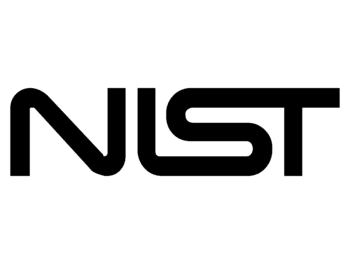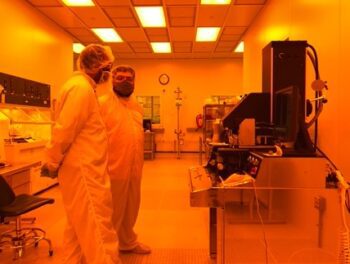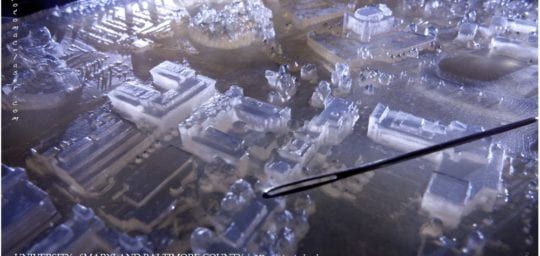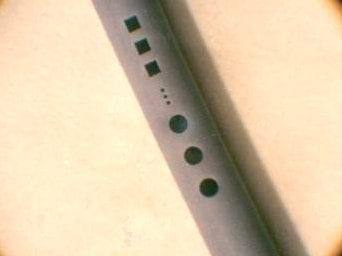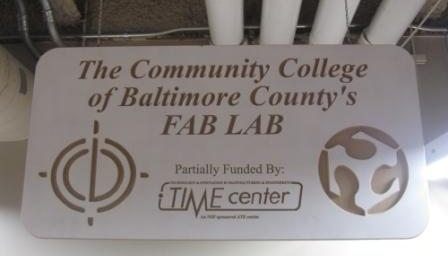
When to Choose Laser Micromachining Part 4: Tolerance and Accuracy
Laser micromachining at very small spatial scales demands special attention to precision. Anyone who has ever tried to assemble DIY furniture where holes were slightly off from part to part knows the frustration part variation can cause even for simple home projects. As you can imagine, precision takes on new meaning when drilling holes that…

